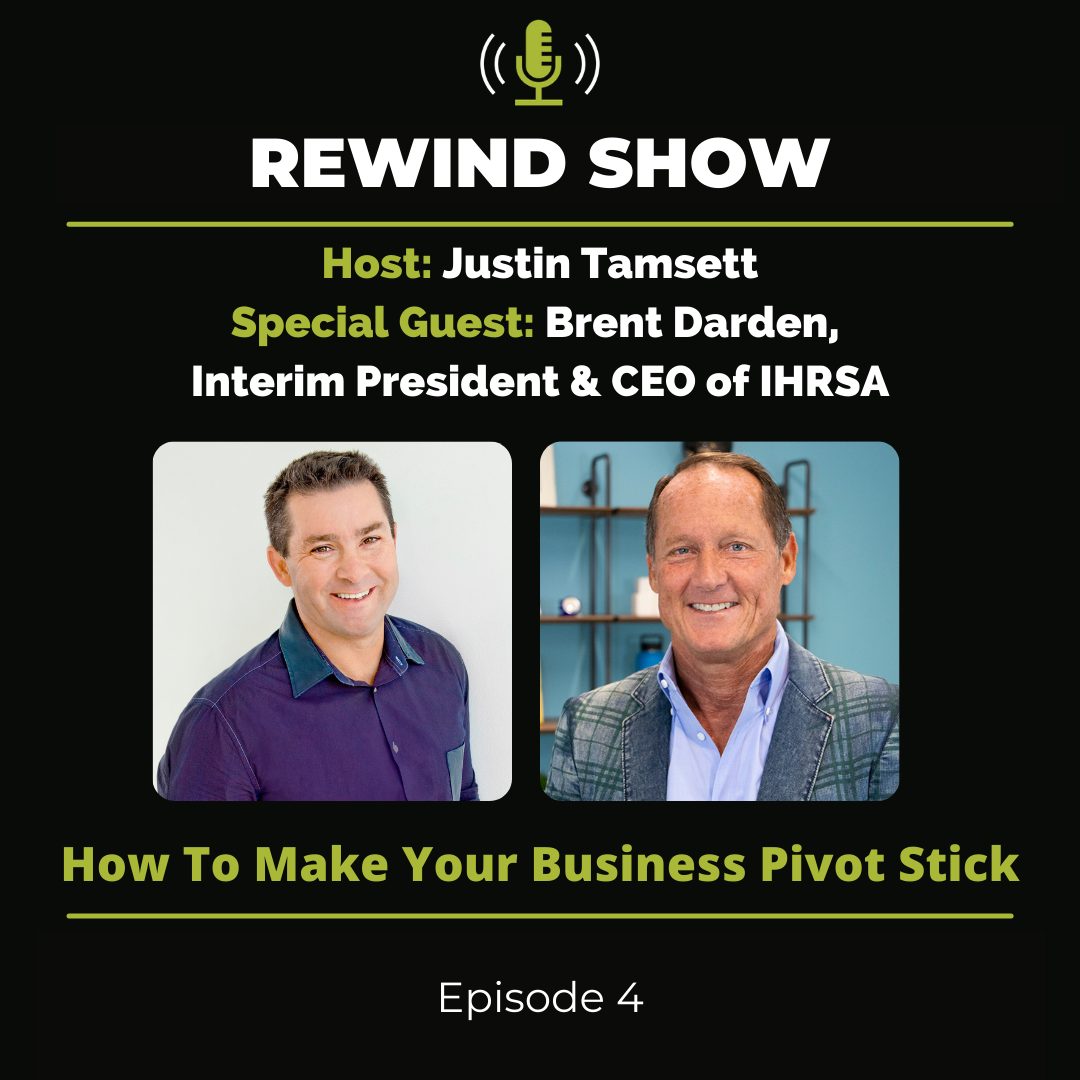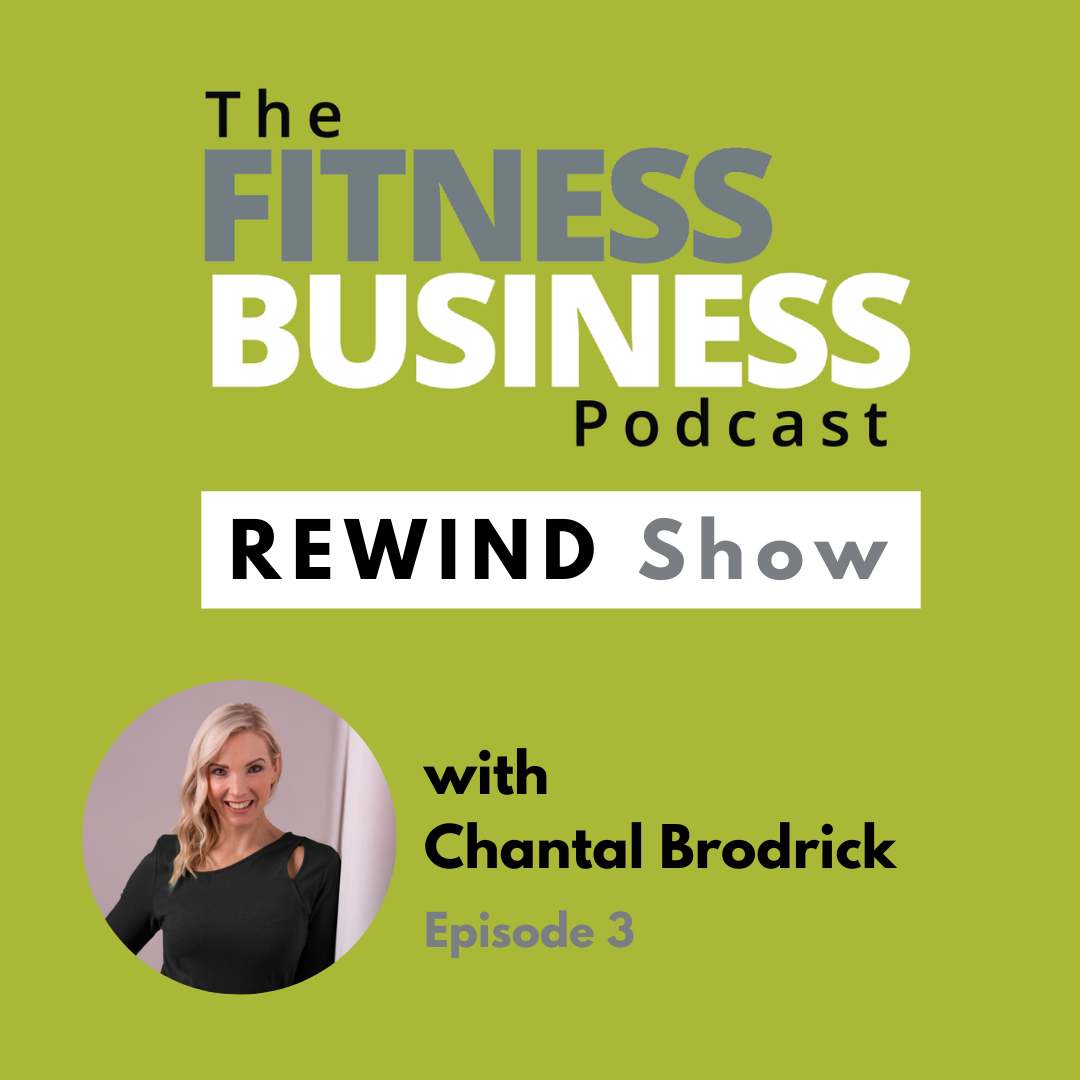
If you search for onboarding practices online, there are over 22 million hits that come up. However, a majority of these articles and strategies focus on onboarding in an office setting. While we can take some of these practices and strategies, the physical implementation of these into the fitness industry can be challenging and confusing. We are going to give you some simple steps to follow to ensure a much more smooth onboarding process.
One of the most challenging aspects to onboarding is to ascertain what level of communication, consultation and learning your hire will need. There are two important factors that we must remember when onboarding instructors. Their ability to teach and their ability to learn processes, procedures and business structures may be (and usually are) completely separate. So we must onboard aspect one: business/brand values, acumen and processes, as well as aspect two: ability to teach classes successfully within your business/brand. Today we will delve into the vocabulary of ‘teach-backs’, class shadows and team teaching.
Following on from our previous articles, you may have just completed an audition, or at the very least, been able to view their teaching ability. (So if you haven’t, there is a good step one!) The first question is are they ‘stage ready’? Would you be comfortable putting them straight in front of your members to teach without any training? There are some instructors that may fall into this category. However, putting an instructor in without any development, or team teaching can set a bad precedent for the culture of your facility. We highly recommend at least a few of the following developmental training sessions with all members of your team, regardless of how much instructing experience they have had.
Let’s begin with the easiest to implement; class shadowing. As the name states you would set the instructor up with an experienced member of your team and get them ‘on stage’ with them. I would only give them minor duties if it was more a floor coaching program; and if it was a stage coaching class, allow the experienced instructor to do all the cueing and coaching. Class shadows are a great way for new instructors to see what is currently being done in class from a unique perspective. It is low pressure and a great way to introduce them to your current membership base to see how they interact.
Next is team teaching. This is a similar set-up to a class shadow except now the new instructor is expected to teach a portion or half the class. It is the natural progression of a class shadow, but an experienced instructor may be comfortable starting here if given some time to prepare. This one can be a little more challenging if the instructors have never met. So make sure both instructors have some time to interact, talk before the class and really understand the expectations of who teaches what. The guidelines for a new instructor here must be precise and accurate so they have a good understanding of what is expected of them, but still have a chance to make mistakes without any major consequences.
Pairing instructors here may also be a little challenging, however you want the ‘champion’ instructor of your business who lives and breathes your facility and values to be a part of these. Not only then can they impart their knowledge about your facility and the class, but also give the new instructor relevant feedback directly after the class. You must trust the team-teaching instructor to deliver the message and values of your facility as if you were delivering them yourself.
Lastly we move to a teach-back. This is where you would assemble your staff (as many as you could, or long term members) and have the new instructor solo-teach either a portion, or a whole class to the staff to allow for feedback. This can be a little intimidating for brand new instructors but is great for development. Feedback for instructors is key to continued success. A successful teach back is useful not only for onboarding new instructors but for; continued team culture (to be explored next month), trialling new programs or class concepts, and ongoing training and development of all instructors employed. Being able to teach in a safe environment without the pressures of members is a great way for less experienced instructors to begin teaching in your facility.
We believe that all three options should be used when onboarding new instructors. You could utilise all three for very new instructors who haven’t taught much at all before, or you may only use one for a more seasoned veteran. However it means that you are able to view them teaching in your facility, to your members or team before you send them out. This also shows that as a facility you stick to your brand standards and live up to them.
The question you need to ask yourself as a facility is do you have that person who you can rely on for class shadows and team teaching? When was the last time you set foot into one of the classes inside your facility? If you cannot find the answers to these questions it may be time to reach out and ask for help. Your instructors and your classes are the tangible representation of your brand and values. It’s hard to do this alone, so we created a space to ask questions, take it at your own pace and begin to understand the Retention journey.
Exercise to Experience provides self-paced learning within a supportive online community.
We take you step by step on where to begin looking in your facility to increase Retention. With a downloadable manual and videos to refer back to, this guide continues to give golden nuggets of information as well as practical steps for implementation.
























